
Everyone will know Henk Rogers as the businessman who brokered the Tetris deal for the Nintendo Game Boy. But what you may not realise is how he helped define the RPG genre in Japan; gave a start to Squaresoft's president; battled against sabotage by Koei; fought piracy and smashed publishing barriers; encouraged Hiroshi Yamauchi to pick up a controller for the first time with the help of an Englishman; and ultimately is striving to end war, make a copy of planet Earth, and discover how the universe ends. Also parties! Lots of really cool awesome parties.
In this feature, journalist and novelist John Szczepaniak speaks to the great man himself.
There were many reasons for me starting The Untold History of Japanese Game Developers book project. One was to interview developers who had never been spoken to before; another was to ask known developers questions which no one else had ever asked while avoiding questions which had been asked - multiple times. So, when interviewing Henk Rogers, who is arguably the second most important "Mister Tetris" after creator Alexey Pajitnov himself, there was one self-imposed rule: absolutely no questions about Tetris! And I almost got away with it, probing the topic only once. After all, the life and work of Henk Rogers is so much more than just that one puzzle game; more than just video games; heck, it's more than even the solar system itself. But we're getting ahead of ourselves...
Born in Amsterdam in 1953, Rogers spent his early years in Holland, followed by New York. There he developed an interest in computers, exploiting the punch card system at Stuyvesant High School so his programs would be processed faster, while also discovering arcade and computer games. "I used to go with my friend and play pool," he recalls. "There was a pool shark who was teaching us how to play, in some place near Times Square. And they had an arcade with lots of pinball machines, and amongst all the pinball machines was one Computer Space machine. Which was amazing! It was like, what is this thing, coming out of nowhere?"
In case you're wondering why a Dutchman who grew up in New York is featured in a book about The Untold History of Japanese Game Developers, it's worth noting that the Japanese themselves actually regard Rogers as an honorary Japanese. Which is only fair given that he created one of country's first ever native RPGs, The Black Onyx for computers back in 1984. Around 100 developers were interviewed for my trilogy of books and the majority either mentioned playing The Black Onyx or knew of it and its hugely influential reputation. Think of a developer and chances are they were touched by Rogers' earliest works: Yuzo Koshiro of Sega fame, multiple Falcom staff, Tokihiro Naito of T&E Soft, visual novel writer Ryukishi07, and so on. This is why Rogers' interview comes second in Volume 3, directly after the opening chapter of Yoshio Kiya, programmer and designer on Falcom's Legacy of the Wizard for NES. Yes, Rogers is that important to Japanese games history. The Black Onyx also directly influenced Koei and Squaresoft, and Rogers describes how he helped start one particular person's career. "Because I didn't read or write Japanese back then, the [Onyx] manual was written by Hisashi Suzuki," he exaplains. "We used to call him Suzy - but Suzuki went on to become president of Square. He was a part-timer, working for me while he was in school."
Surprisingly, Rogers' destiny in helping to create the Japanese RPG actually started in New York. "I also played Temple of Apshai on the Trash-80," he recalls, referring to Tandy Corporation's TRS-80 computer. "I remember spending an hour on the train to go to my friend's house, in order to play it on his Trash-80. We'd set up the tape recorder and it would play, and if you touched the cord it would cause an error and you'd have to start the 30-minute load from scratch. So nobody touched the machine once it started loading! <laughs> It was just fun setting it up, looking back on it now, and yet it was so exciting! Because it was the first time that we could play computer role-playing."
In 1972 Rogers went to Hawaii, surfing by day and studying computer science at night, while mixing in a little Dungeons & Dragons on the side. He actually almost died during one of the surfing outings, after losing his board amidst 20ft waves and being far from shore. Later Rogers moved to Japan, and for the first six years he worked in his dad's gem business: "Visiting Japan then was like being the first white man in Africa. Everybody stared wherever I went. Kids wanted to touch me. <laughs> It's interesting, but it gets old real quick. We lived in the countryside. My dad was selling jewellery and moved up the food chain and started selling loose stones to jewellery manufacturers, and then he found what Japanese people liked. So he moved to Japan and sold directly to the Japanese. My part was that I'd invent the process by which the gem material would be made saleable. I did a lot of cutting; star ruby sapphire, cat's eye, a lot of opal."
Just before Christmas in 1982, Rogers embarked on his first software project: working with a friend to produce a piece of business software for Hitachi. Luckily this venture turned out to be a failure. "We'd done the software and I went with him to Hitachi in Tokyo the end of January," he says. "I was sitting in a room and there was a businessman and a lawyer. He asked: did I get permission to use Hitachi BASIC? And I'm thinking, what kind of stupid question is that?! This was a request by Hitachi to us, to make this software! Also, the fact Hitachi couldn't recognise my program was written all in BASIC, they thought I was writing in machine language, was interesting. I came to the conclusion they had no idea what they were doing and had no future. So in February, I went to Akihabara to see who was going to be successful, out of the Japanese computer manufacturers. I concluded NEC was way ahead of Hitachi. So I switched to NEC and looked at all the products which were for sale, and I realised I could be successful by developing a game. Which was going to be much more fun than writing accounting software."
This led to the purchase of a full PC-88 setup direct from software publisher Koei, at the time famous for its strategy titles but today better known as Koei-Tecmo. Originally the plan had been that Koei would publish Rogers' first game and the computer setup would be paid from sales receipts. But that deal turned sour quickly, and the resulting nuclear fallout spread across the whole of Japan's games and magazine industry.
"They Were Fighting Words!"
"I originally had a deal with Koei!" reveals Rogers. "I had a meeting with the president, Youichi Erikawa, and we played Go [a popular Japanese board game] and he was a gentleman. A nice guy and a simulation game developer. I said I'm going to become a publisher, but for the first game, I don't mind publishing through somebody else. Here's the deal I would like. You can take away all your costs for marketing and sales, and the profit left over - after making the box and everything - I would like to split with you 50/50. And we shook hands on that. So basically he gave me a machine and a disk drive, because I had absolutely no money at this time."
Three months later, after a series of mishaps with corrupted disks and having learned to develop games as he went, Rogers had a working prototype. And this is where the deal went Machiavelli. "I went back and I said, listen, I'm running on empty, I'd like to formalise the deal. But then they switched! All of sudden it was his wife that was doing the talking, Keiko Erikawa. He was missing, and I was talking through an interpreter; I didn't speak Japanese. She said the deal that I agreed with her husband is not going to work and she offered me a percentage. I guess she didn't want me to learn about the business - my original deal was designed so I learned how much money they're spending on marketing, and sales, etc. But she said, 'No, we're not doing that deal.' And I said, 'That is the deal!' I shook hands with the president of the company. So she said to me, 'I am the one who brought the money into the company, I am the managing director, I make all the decisions. So you take my deal, or there is no deal.' And I said, 'If that's not the deal then there is no deal!' So that was it. As I walked out she said, 'I'll make sure you never publish that game!' They were fighting words! And basically, she tried to stop me. She contacted all the magazines, and said, 'Don't let him advertise,' and blah blah blah."
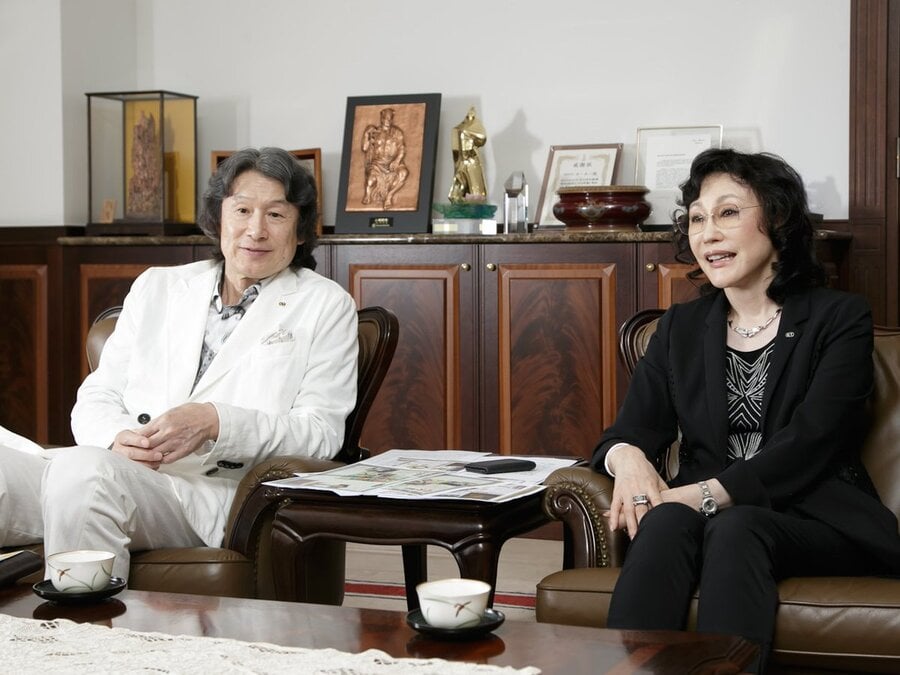
This betrayal and sabotage meant that Rogers would end up being rejected by all of Japan's games magazines. That is, until he threatened to drag them into court. "I told my guy to call LOGiN magazine, and said I was going to sue Koei for restraint of trade, and that LOGiN would have to testify that Koei told them not to let me advertise. An hour later they called me back and said, 'You can advertise in our magazine.' And then we called the other magazines and told them the same story and then they all caved. Except for Maicom, I think it was called. And they held fast because that was her cousin running it. <laughs>"
A final twist in the tale is Rogers' belief that The Black Onyx influenced Koei to experiment with making computer RPGs themselves. "You know, they tried to push me out of the business in every possible way. Of course, each one of the things that she did made me stronger, made me fight harder. She even had somebody try to copy my game! That resulted in Koei's Dungeon for Japanese computers." According to Rogers, Koei attempted to copy The Black Onyx after seeing it during initial talks to publish. As screenshots show, both games feature first-person corridors, just like Wizardry before them. A little digging though reveals that Koei unashamedly ripped off a heck of a lot more. The title screen for Dungeon is a tracing from two Greenslade albums by Roger Dean, while the large monsters are tracings straight from the Advanced Dungeons & Dragons Monster Manual, notably the Demogorgon. Dungeon itself, as an RPG, is an Eldritch Abomination of bad design ideas, insane labyrinths, and bugs. It is to Rogers' credit that all the monsters in The Black Onyx, though based on model miniatures, were drawn by him. Ironically, after Roger Dean was ripped off by Koei, Rogers' Bullet Proof Software would officially hire him to create its company logo, in addition to licensing Dean's painting, Freyja's Castle, for the cover of The Black Onyx on Nintendo Famicom.
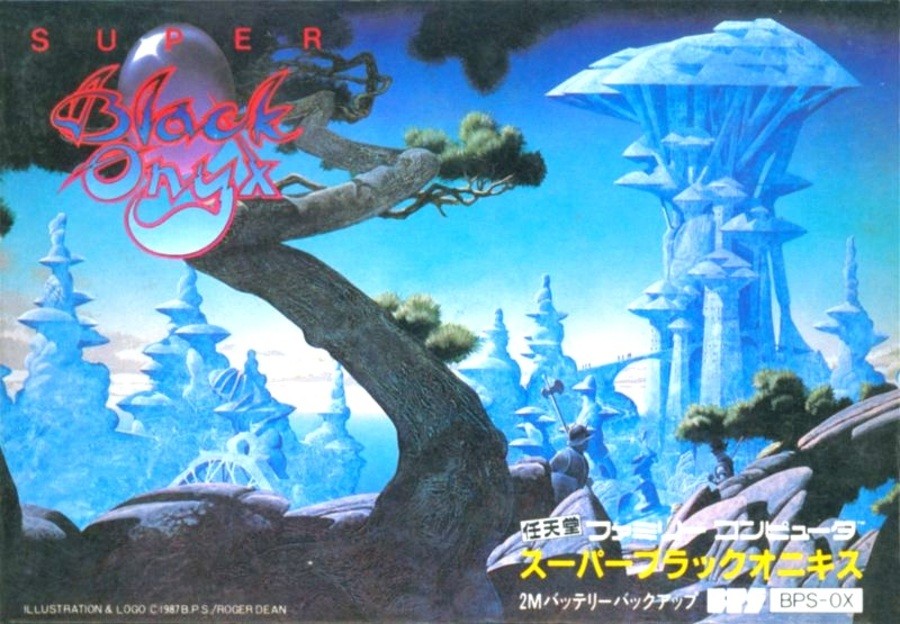
Everybody On Famicom
Rogers' first Famicom title was actually Igo: Kyuu Roban Taikyoku in 1987, which keen Nintendo Life readers might recognise from David Sheff's book Game Over, as being the first and seemingly only game which the late Nintendo president Hiroshi Yamauchi ever played. What a lot of readers might not realise is this landmark game actually originated in good old England. "There's a funny story to that," laughs Rogers. "The five biggest publishers of computer games went to Nintendo. That would be BPS, Square, Falcom, Enix, and I think... T&E Software. So five of us, the presidents of these companies, all went to Nintendo to ask to become Nintendo publishers. And Nintendo's number two guy, Hiroshi Imanishi, came out and told everybody, 'No, you guys do not know anything about how to make Nintendo games, and you will not make Nintendo games.' <intense laughter> I mean Square and Enix, are you kidding me? These end up becoming the biggest publishers in the Nintendo business! So my way in was that I found an article in a magazine, that said Hiroshi Yamauchi played Go. And I'd actually gotten a hold of a copy of an Igo [a computerised version of Go played against an AI opponent] game written by Allan Scarff in England, for the Commodore 64."
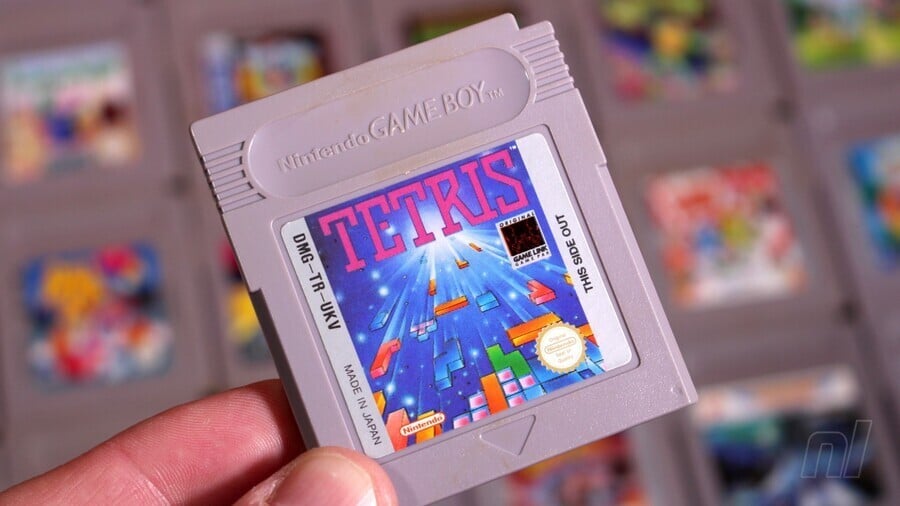
The game in question was Microgo1, released for both the C64 and BBC Micro. So Rogers went to Kyoto, played an actual game of Igo with Hiroshi Yamauchi and - speaking without an interpreter - negotiated funding to the tune of $300,000 to develop an Igo title for the Famicom. "After I had made the deal I got to tracking down Allan Scarff," explains Rogers. "I said, 'You gotta come to Japan!' So I brought him to Japan, and he lived with my family for the nine months that it took to port his stuff over. This was a miracle of programming. Allan Scarff had written an Igo game based on cellular automata, and it was just brilliant what he did! There was no memory, so he couldn't do any pattern recognition. So the game's code was all like a 'trying to survive' kind of thing."

The game was ultimately released in 1987, though sadly Hiroshi Yamauchi - who was an extremely skilled Go player - was not impressed with the AI. "I came back nine months later with a finished product. He played it, or tried to, because he didn't actually know how to use the controller on the Famicom! <laughs> I could not believe it, like he'd never touched it before! This was the first game which he took any interest in. So he tried to play, and he gave up, and handed the controller to his underling sitting next to him. Then he said, pointing to the screen, I want to go there, I want to go there, and there. He played one game and said, 'No, it's not strong enough for Nintendo.' <laughs> I said, 'Mr Yamauchi, this is the strongest Igo game that is ever going to happen on this machine. This is an 8-bit machine, and it's a miracle it can play the game at all!'"
What Happens In Nagoya, Stays In Nagoya
This was part of the bubble era of Japan's economy, a golden age where multiple companies were riding an ever-growing wave of success. Several such companies banded together in order to hold more sway when dealing with magazines, retailers, and console publishers. "We had an organisation that I named, called STAC - Software Technology And Communication," explains Rogers. "It was software companies, sort of a 'who's who' of the early computer game industry. I think it was T&E Software that started it, and BPS joined, to fight against software rental. People would buy a copy tool and then rent our games overnight. Imagine how many copies I didn't sell as a result of that."
STAC would branch out, with sub-groups for different regions in Japan. Publishers also realised they could demand cheaper advertising rates from magazines when working as an organised bloc. These business partnerships grew into friendships and - as one would expect of young entrepreneurs - the parties grew increasingly wild. "STAC used to get together once a month," starts Rogers, somewhat hesitantly. "We would have a meeting, discuss issues, and then we would go out and have dinner, and then we would chase girls. <laughs> It was wild... Let me put it this way: we were banned from a Nagoya hotel. <laughs>"
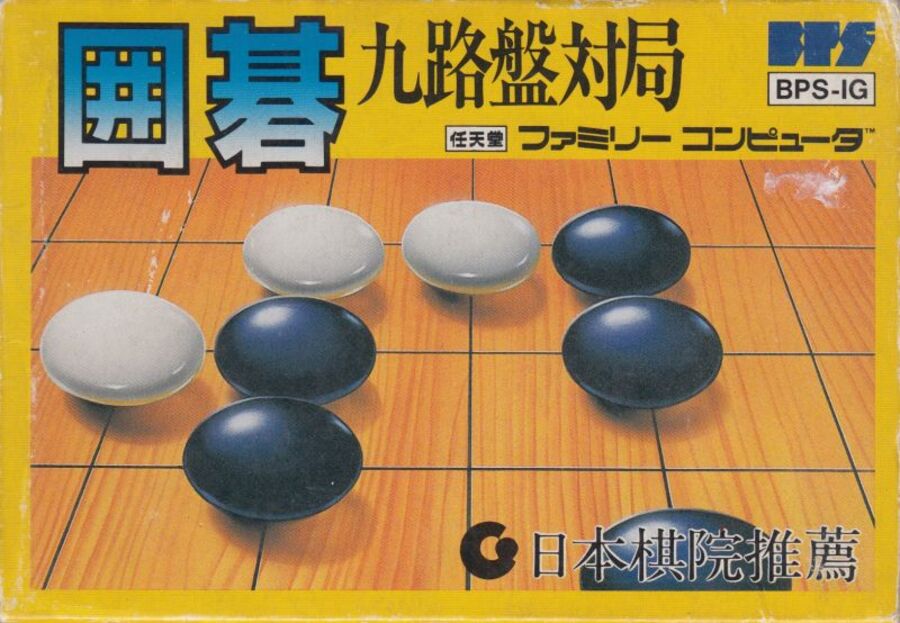
Now that's living the rock star lifestyle! In today's era of social media and the need for squeaky clean reputations it's almost impossible to imagine, so I press Rogers for the juicy details. Exactly how crazy did these parties get? "We were doubling up in the rooms at the time, meaning two guys to a room. And when the girls came in, one of us would have to wait out in the hallway for the other one to 'get on with it', so to speak. And the guys in the hallway were all getting drunk and saying... Lewd things to the other hotel guests. <Rogers and interviewer laugh intensely> And a number of us became 'kyoudai'. You know what kyoudai is in Japan? The word means siblings, but there's another use for this word, and it's if two guys sleep with the same girl they become kyoudai."
It seems whichever games company you look at, whether in Japan or America or the UK, the 1980s was a gloriously hedonistic decade of few rules, where anything went and visionaries both worked and played hard. As a burgeoning industry, there wasn't the public scrutiny we have today. During the interview, I ventured if the meaning of kyoudai was perhaps akin to blood brothers? Rogers laughed: "Yeah, yeah, something like that. So a number of STAC members became kyoudai."
The end of 2013 - when the interview took place - marked the 30th anniversary of The Black Onyx, to which Rogers announced: "I am now retiring from the game business, that's the end of this year, so that I can spend more energy on my missions in life. My daughter is taking over the business." As for these life missions, so epic is their scale, only Rogers himself can do justice describing them. "Everybody who has made something in the computer game business, has a kind of responsibility to the future, to do something with that," he says. "In my case it's not just that I made money, but I've gained a lot of abilities that I didn't have when I started my first business. Now I'm using those abilities to do other things. One: End the use of carbon based fuel. Two: End war. Three: Make a back-up of life on Earth, which is to say, start a human or a 'life as we know it' presence on the Moon and Mars, and beyond. Four: The last one is to figure out how the universe ends, and do something about it. Which actually goes back to Black Onyx, because the onyx was an attempt by an ancient alien race to stop the end of the universe happening, by capturing 40 percent of the mass of the universe, in a shield, and that is The Black Onyx."
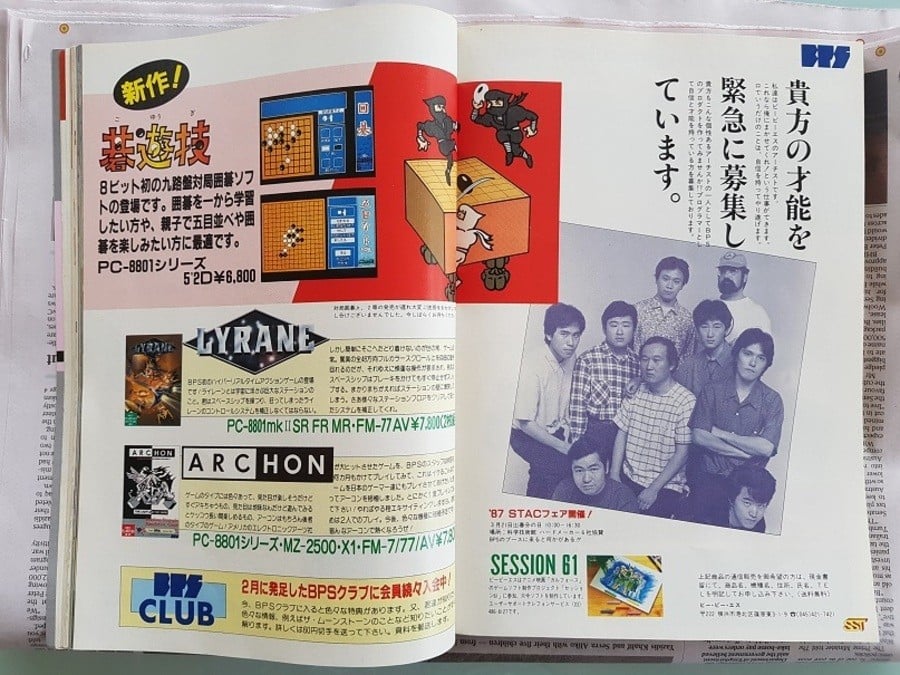
As you can see, while Henk Rogers is best known for Tetris on Game Boy, the scope of his life and work is exponentially larger. Which goes back to the reasons for writing The Untold History of Japanese Game Developers trilogy of books: there are countless undocumented but extremely important stories out there. In Volume 1 there's world exclusive information on the games console Konami was creating, to rival the SNES and Mega Drive, mutating into a colour handheld, and ultimately being scrapped with the arrival of Sony's PlayStation. In Volume 2, Takashi Takebe describes the early history of Hudson Soft and Nintendo's first foray into making video games, revealing that the Big N in truth wasn't really sure what it was doing - Nintendo had no idea the success it would see. While in Volume 3, we have the above recollections of Henk Rogers, along with incredible revelations about Sega, Konami, and Capcom. We all play Japanese games, but there is so much to discover about Japan's gaming history - these three volumes alone total around 1,400 pages and more than 800,000 words.
Oh, and in case you're wondering what that one Tetris question I asked was... Rogers' company BPS published the Japan-exclusive V-Tetris for Virtual Boy on 25th August, 1995, while 3D Tetris for Virtual Boy was developed by T&E Soft and published by Nintendo exclusively in America on 22nd March 1996. As strange as it was for two Tetris games to be released on the Virtual Boy, accounting for 9 percent of the system's entire library, it was even more unusual to consider that T&E Soft's version would need to be licensed through Henk Rogers himself. Wasn't he facilitating a rival product?

"Nah," laughs Rogers. "I mean, Virtual Boy was dead on arrival. We sold more copies of Tetris for Virtual Boy than Nintendo sold of the Virtual Boy! <laughs> Yeah! The Virtual Boy was a taboo subject and [Gunpei] Yokoi left the company as a result. I mean that guy made Nintendo's game business, for chrissakes! He invented all that stuff. I take my hat off to that guy. And then to leave the company because of... Virtual Boy? Hey, he's not the only one that's responsible for that product. But that's the way Nintendo is. Or that's the way Japanese companies are. Somebody has to take responsibility."
As for what ultimately happened to BPS, the company which brought Tetris to the West, Rogers explains. "It also has to do with my deal with Alexey Pajitnov, of Tetris, which starts in 1996. It starts earlier, since actually the rights were supposed to revert back to Alexey in 1995. So all the contracts that anybody had regarding Tetris ended in 1995. So it was up to me - how can I say it? - to create the next thing, which was The Tetris Company. I decided I didn't want that to be based in Japan, because I didn't want to spend the rest of my time there. So I started Blue Planet Software in Hawaii, tried to give it a go in Hawaii in 1996, realised it wasn't going to work, then ended up moving to San Francisco." Today Henk Rogers is back in Hawaii, working on his four-stage plan to discover ultimately how the universe ends. Long may his ventures succeed.
John Szczepaniak is a journalist and novelist. He has interviewed over 150 people and contributed to video game publications and websites including Gamasutra, Game Developer Magazine, Hardcore Gaming 101, Retro Gamer, GamesTM, Official PlayStation Magazine, and The Escapist. Recently he has published the final volume of The Untold History of Japanese Game Developers.





Comments 21
Henk is such a dutch name
Very fascinating read! Looking forward to reading the book.
That was an awesome read!!!
More of this Nintendo Life.
Great read. Good to put a face to the name so prominent in David Sheffs book all those years ago too.
Look at mister steal yo' girl with thems ones and zeros!
@Cosats 100% agreed.
Great read, I've now added all the books to my wishlist.
"[Gunpei] Yokoi left the company as a result"
Sorry, but no. This is actually a myth and one that really needs to die for historical accuracy.
"Nintendo has denied that the Virtual Boy's poor performance in the market was the reason for Yokoi's subsequent departure from the company,[7] holding that his retirement was "absolutely coincidental" to the market performance of any Nintendo hardware.[8] According to his Nintendo and Koto colleague Yoshihiro Taki, Yokoi had originally decided to retire at age 50 to do as he pleased but had simply delayed it."
This is talked about further in the excellent book "Nintendo Magic", where obviously he then wanted to go on and do things like the Wonderswan, and it is also worth pointing out that he didn't directly leave after the Virtual Boy failed (which Nintendo pushed out early to focus on other things... Hardly something they'd blame him for) and his next project was the Gameboy Pocket - an extremely successful device. Gunpei was also described as being extremely close to Mr Yamauchi during the entire period, with the two regularly having dinners together as families and the two were considered something like `father and son` going by Nintendo Magic.
So... Yeah. It's a digital urban myth that the Virtual Boy had anything to do with his leaving. Apparently widely believed enough that Henk thinks it to be the case. But Nintendo deny it, his colleagues deny it, he maintained a good friendship with the company boss, the timing doesn't add up, and it wasn't the last thing he did for the company and certainly he didn't leave on a failure with the GBP.
He deserves better than for this myth to continue.
@wonderclassic Sometimes myths hold some truth. The guy was in the business back then (and we did noy) so I would not discard his comment. Japanese are really proud and as Rogers said, they assume their responsability. For example, Iwata and other members from Nintendo cut their salaries to make up for the Wii U's failure. I would not be surprised if Yokoi's exit was (if not entirely) because of that failure.
It was not deemed a failure of his making. Nintendo were well aware of what they did in releasing it early. He also then stayed on at the company, worked on a far more successful device (conveniently ignored in this myth narrative, because it falls apart there), maintained that level of relationship with Yamauchi - not the most forgiving of men - with no change in trreatment from within the company, and had always planned to leave at that time to pursue his own interests. Again, multiple sources cover this.
There is evidence for all of this - from coworkers, from the timeline, from how he was actually treated. He left with several coworkers (leaving Nintendo to go on to work with a failure?) to start a new company, nearly a year after it was released, and in line with the GBP. Facts. All written down and corroborated and sourced, within that book, for anyone to read.
The "evidence" to the contrary is random people wanting to think it failed so badly he was pushed out of the company because hey - it makes a nice story for them to think that.
And that is all they have.
Find a shred of evidence to the contrary. As with any conspiracy, please do so. There isn't any.
Very awesome read. Nintendo Life would do well to post more articles of this caliber.
I'm confused about one thing though - was he the one behind striking the deal for the Gameboy version of Tetris, or just the Virtual Boy versions?
@wonderclassic with the extensive research I did on Yokoi when I was in college, while it is correct that his leaving the company was not a direct result of the Virtual Boy’s failure, there’s no evidence that the two aren’t correlated at least to some degree. True, he was already on track to retire, but he did feel partially responsible for the Virtual Boy. There’s nothing saying Nintendo themselves blamed him or pushed for him to leave after what happened. Nintendo has denied that, anyone involved denied that, and it’s a stretch to think those denials were all lies. But being a very proud man (and justly so, he did some great things) he definitely fell ashamed of what happened. He didn’t leave right away, which is great that he didn’t let his career with Nintendo end on a sour note, but given the facts and his responses after it all, it likely played a part in him leaving sooner.
I’m not saying Nintendo pushed him out. He had a lot of successes and Nintendo has had a record at looking at the broader picture in that record rather than forcing retirement after one failure. He definitely was respected by his colleagues. But nonetheless he felt a lot of weight for the console failure (even if logic dictates it wasn’t his fault) and he carried that to the end of his job and ultimately until his passing. To say it played no part in his departure is at least as much of a jump in logic as saying it was the reason for his departure. It was simply a factor.
Thanks for the article. Great weekend reading!
Great read! The more I hear about how business men acted in the '80s, the more I come to understand how coke ruled that decade. People were so irresponsible outside the office environment, even while on the job.
Anyway, Roger makes for a very interesting subject. I like the way he shoved it back in Koei's face after they treated him so unprofessionally (although, yeah, a 50/50 deal makes one look like an amateur)
@andywitmyer He brokered the deal for the original GB Tetris, and eventually founded the Tetris Company (with the game's creator) to oversee all business dealings relating to the game.
Brilliant read, thank you!
@Cosats @andywitmyer Believe me, I'd fill the entire site with stuff like this if it made financial sense. Sadly, it would seem that most people are too busy pointing out that our Super Mario list is wrong to bother reading stuff like this.
Fantastic, fantastic article.
@damo Sadly the Internet, originally meant to communicate information in it's Gopher days, is pretty much the opposite of a place to find interesting information, it's just a digital middle school for the world, with occasional information laced in.
Wow... what a time and an era. I never get tired of these stories. Wish I was an entrepreneur in my prime in those days sometimes
This was a phenomenal article. Great read and very interesting. Hope to see plenty more like it and it's stuff like this that makes this my favorite Nintendo news site.
Tap here to load 21 comments
Leave A Comment
Hold on there, you need to login to post a comment...